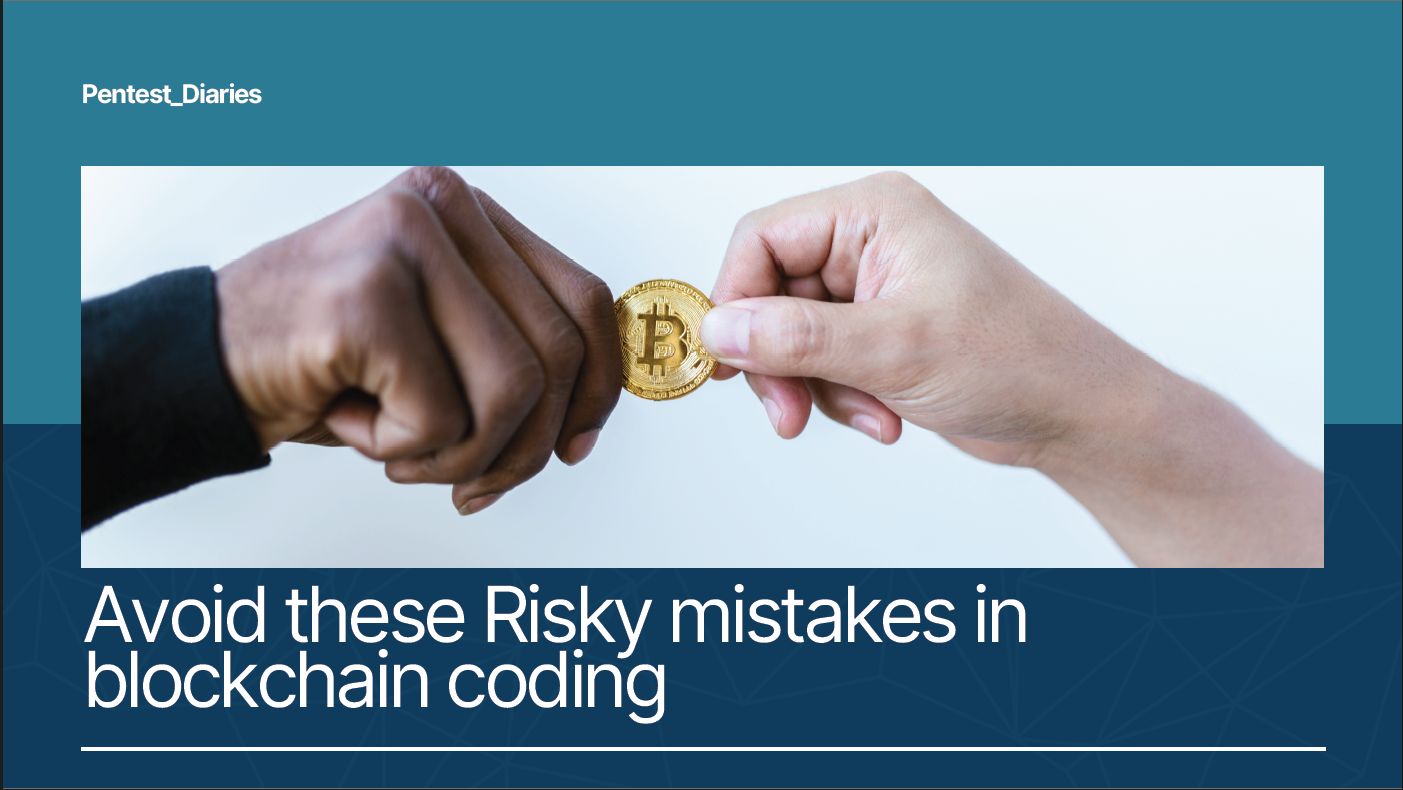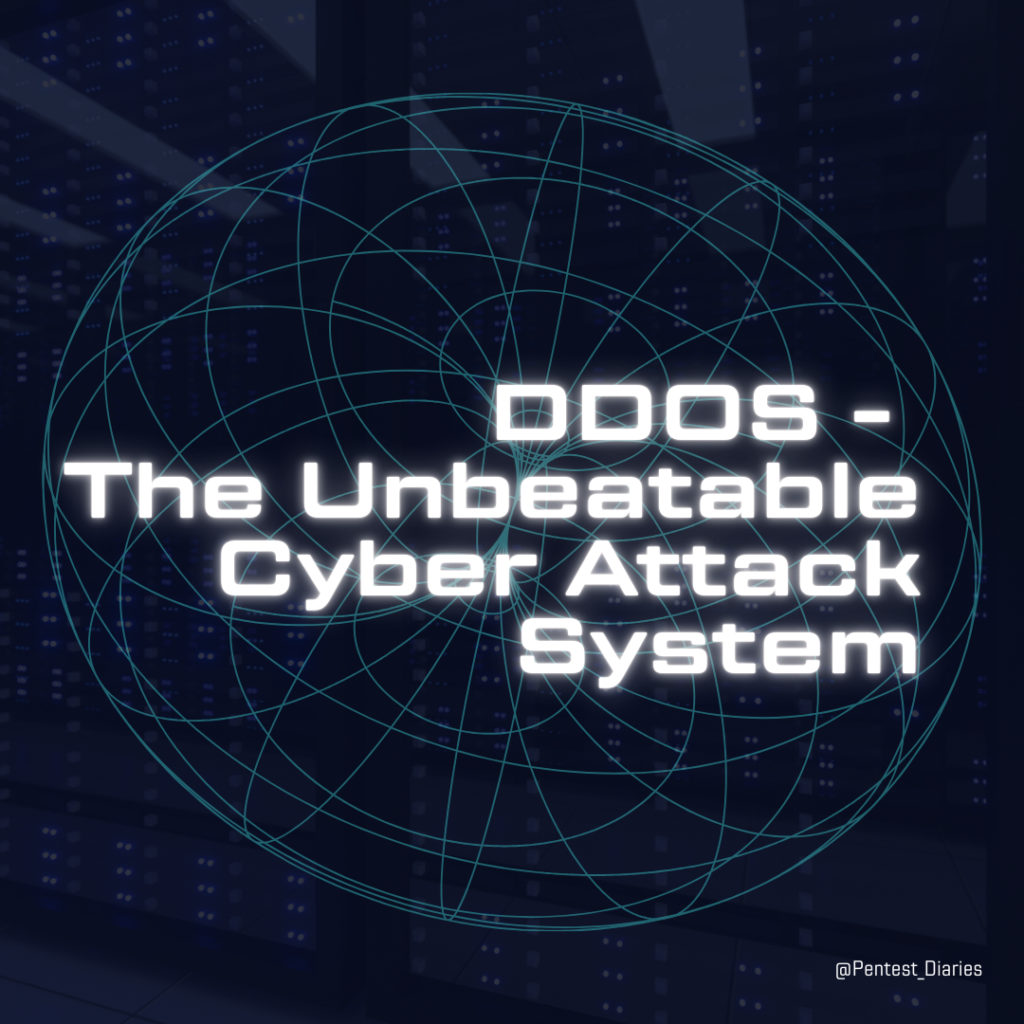Avoid these Risky Mistakes in Blockchain Coding

Avoid These Risky Mistakes in Blockchain Coding
When coding for blockchain applications, avoiding risky mistakes is crucial to ensure security, functionality, and reliability. Here are some common pitfalls to steer clear of:
1. Lack of Proper Input Validation
- Risk: Failing to validate user inputs can lead to vulnerabilities such as injection attacks (e.g., SQL injection in off-chain databases), buffer overflows, or unexpected behaviors in smart contracts.
- Mitigation: Always validate inputs rigorously, sanitize data, and use secure coding practices to prevent malicious input from compromising the integrity of blockchain operations.
2. Ignoring Gas Limitations and Transaction Fees
- Risk: Not considering gas limits in Ethereum and other blockchain platforms can result in transactions failing or being stuck, leading to wasted resources and delays.
- Mitigation: Calculate gas requirements accurately, optimize smart contracts and transactions to minimize gas usage, and monitor gas prices to avoid excessive transaction fees.
3. Poor Smart Contract Design and Logic Errors
- Risk: Flaws in smart contract logic, such as reentrancy vulnerabilities or unintended state changes, can be exploited by attackers to manipulate or drain funds from contracts.
- Mitigation: Follow established best practices for smart contract development, conduct comprehensive testing (unit tests, integration tests, and fuzzing), and perform formal verification where possible.
4. Insecure Storage and Handling of Private Keys
- Risk: Storing private keys insecurely or exposing them in code can lead to unauthorized access and theft of funds or sensitive information.
- Mitigation: Use secure storage solutions like hardware wallets or key management systems (KMS), encrypt private keys both at rest and in transit, and never hardcode keys in source code.
5. Neglecting Blockchain Platform-Specific Considerations
- Risk: Each blockchain platform (e.g., Ethereum, Hyperledger, Polkadot) has its unique features, limitations, and security considerations. Ignoring these specifics can lead to compatibility issues or security vulnerabilities.
- Mitigation: Understand the platform’s architecture, consensus mechanism, gas fees, and transaction processing limits. Adhere to platform-specific best practices and guidelines provided by the blockchain community.
6. Insufficient Testing and Deployment Practices
- Risk: Deploying code to the blockchain without adequate testing can lead to bugs, vulnerabilities, or unintended consequences affecting users and stakeholders.
- Mitigation: Implement a rigorous testing strategy encompassing unit testing, integration testing, stress testing, and security auditing. Use testnets for initial deployments to simulate real-world conditions before deploying to mainnet.
7. Failure to Stay Updated with Security Best Practices and Vulnerabilities
- Risk: Not keeping abreast of the latest security threats, vulnerabilities, and best practices in blockchain coding can leave applications susceptible to new attack vectors.
- Mitigation: Stay informed through security advisories, community forums, and specialized publications. Participate in blockchain developer communities to share knowledge and learn from peers.
8. Reentrancy Attacks:
- Scenario: A malicious contract exploits a vulnerability in your contract, allowing it to call your function multiple times and steal funds with each call.
- Prevention: Use secure coding practices like checks for effects (ensuring an action is completed before allowing further interaction) and reentrancy guards (preventing functions from being re-entered while processing).
- 2024 Advancements: Expect stricter coding standards and automated tools to help identify and prevent reentrancy vulnerabilities.
9. Integer Overflow and Underflow:
- Scenario: Mathematical operations on integers (whole numbers) can lead to unexpected results if they exceed the maximum or minimum allowed values.
- Prevention: Use libraries or tools designed for safe integer arithmetic or consider using safer data types like big integers.
- 2024 Outlook: Safer libraries and compiler warnings might become more prevalent to catch these issues early on.
10. Access Control Issues:
- Scenario: Granting unauthorized access to functions or variables in your smart contract can lead to unintended consequences like theft or manipulation of data.
- Prevention: Implement robust access control mechanisms using visibility modifiers (Solidity) or ownership systems (Rust) to restrict access based on intended users or roles.
- 2024 Enhancements: Expect advancements in access control libraries and frameworks to simplify secure access management.
11. Ignoring Security Audits:
- Scenario: Skipping thorough security audits can leave your code vulnerable to unknown exploits.
- Prevention: Engage reputable security auditors to identify and address vulnerabilities in your code before deployment.
- 2024 Trends: Expect more affordable and accessible security auditing services as the demand for secure code increases.
Bonus Tip: Staying Ahead of the Curve
- The threat landscape is constantly evolving. Keep yourself updated on emerging vulnerabilities and security best practices in the blockchain development community.
By avoiding these common mistakes and staying informed, you can significantly enhance the security of your blockchain code in 2024 and beyond. Remember, secure code is essential for building trust and fostering a sustainable blockchain ecosystem.Top of Form
@SAKSHAM DIXIT


